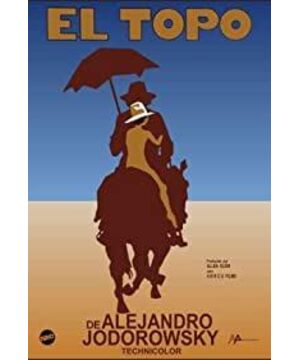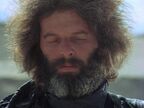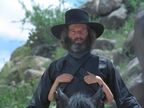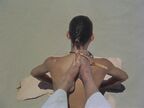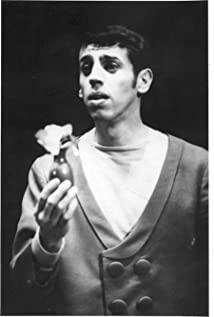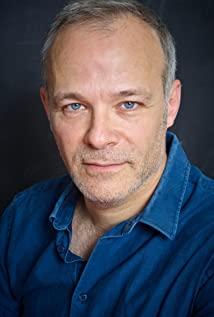whole film is divided into two parts: the first part is The protagonist goes around looking for the masters hidden in the desert, and kills them while searching and communicating; the second part is about the protagonist's atonement and redemption. The moral of this part is more obvious - he is in a dark cave, like a mole, constantly digging and digging holes to open up to the outside world.
In fact, the inner line of both parts is the same, that is, looking for sunlight. After seeing the sun, the protagonist also dies like a mole.
Not only the protagonist died, but the disabled man who rushed out of the cave. Interestingly, the film doesn't explain how the disabled people in the cave were given food to survive for so many years. It doesn't matter because they are just a symbol, and the director seems to be trying to use these physically disabled people to allude to the mentally disabled us in society.
Equally symbolic is the naked son in the first half of the film. In the director's view, clothes are also a symbol, a symbol. Denim jackets with guns, monk clothes with strong religious significance, and so on. The child is naked, symbolizing that he has not been captured by all kinds of thoughts, until he put on a monk's uniform to say goodbye to his father.
It feels a bit like a martial arts movie. I used to be bloody and fought and killed for a few years. Finally, I got an epiphany under the guidance of a master (such as a floor sweeper), put down the butcher knife and became a Buddha on the spot, and I have become a soft egg since then. Later, under the pressure of reality, he regained the butcher's knife, killed the villain, and killed himself. Of course, there is still fire left in the world. From this point of view, the story structure is old-fashioned and nothing new.
View more about El Topo reviews


